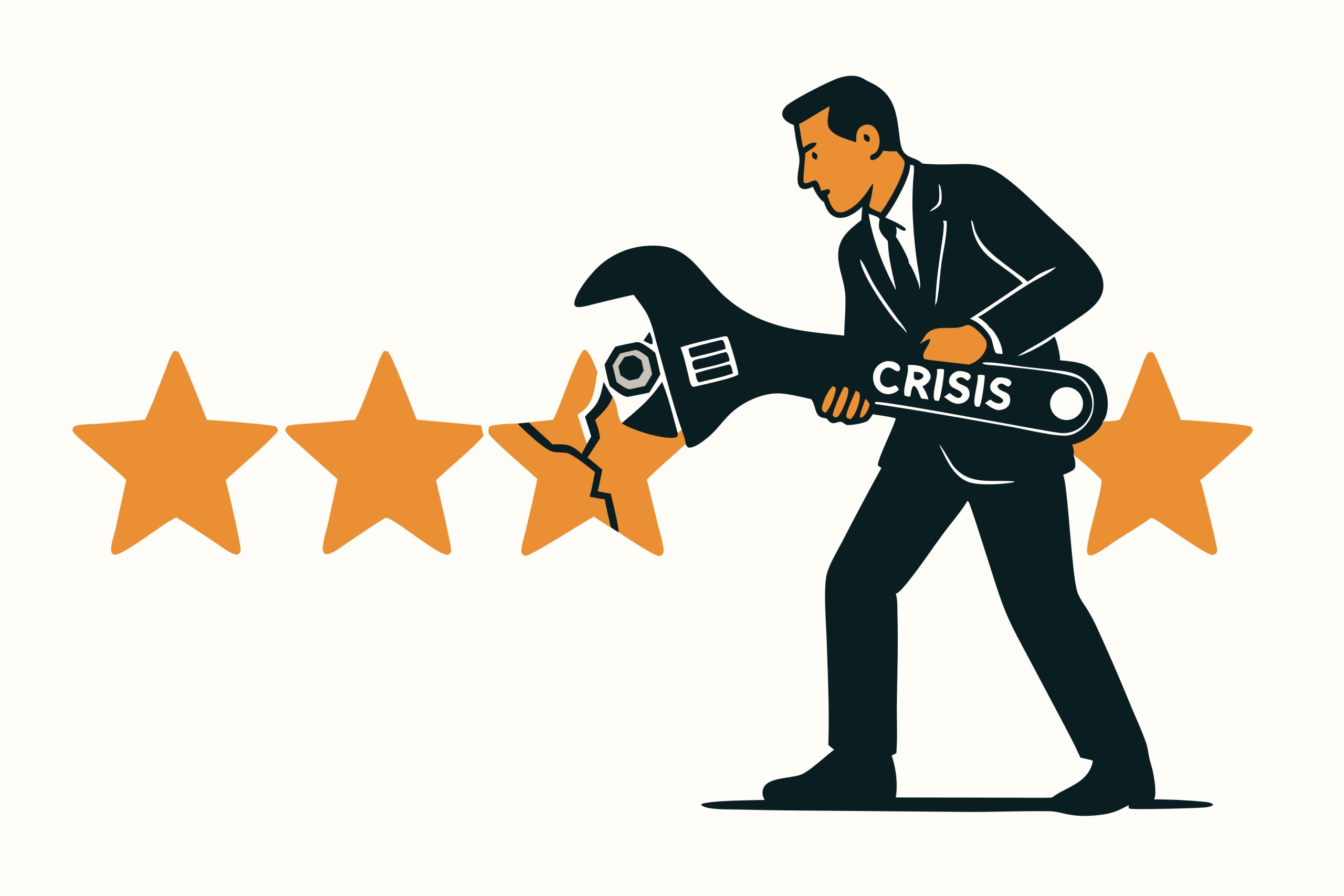Reputation Management in 2025: Building Trust in a Digital World

In today’s interconnected digital ecosystem, reputation management has become a critical pillar for businesses aiming to thrive and sustain long-term success. As consumers increasingly rely on online reviews, social media, and brand transparency to make decisions, managing your brand’s reputation strategically is no longer optional—it’s essential. Reputation management in 2025 focuses on authenticity, proactive customer engagement, and leveraging technology to safeguard and enhance your brand image.
The Power of Authenticity and Transparency
Consumers demand honesty and meaningful interactions from brands. Effective reputation management strategies now prioritize authentic content and transparent communication. Companies that openly acknowledge challenges, share real stories from employees and customers, and maintain consistent messaging build stronger trust and loyalty. This transparency is the foundation for meaningful brand connections and resilience in crises.
Leveraging Customer Feedback as a Strategic Asset
Online reviews and feedback platforms are no longer mere byproducts of customer interaction but pivotal elements shaping brand perception. Leading businesses actively encourage positive reviews while promptly and empathetically addressing negative feedback. Through continuous monitoring and quick response, brands can turn dissatisfied customers into advocates and mitigate potential damage before it spreads.
Case Studies: Turning Crisis into Opportunity
Real-world examples highlight how businesses have successfully navigated reputation challenges through swift and strategic interventions. For instance:
- Starbucks transformed a public relations crisis in 2018 into a trust-building opportunity by taking full accountability and implementing nationwide racial bias training for employees, demonstrating that accountability can restore and strengthen brand image.
- Johnson & Johnson’s response to the 1982 Tylenol tampering crisis set the gold standard by prioritizing customer safety over profits, executing extensive recalls, and pioneering tamper-resistant packaging, illustrating that putting customers first during a crisis preserves long-term trust.
- Domino’s Pizza candidly acknowledged product issues in their “Pizza Turnaround” campaign, using customer feedback as a catalyst for reformulating products and improving customer experience, proving that embracing flaws can convert setbacks into growth.
These case studies showcase the importance of rapid, transparent, and customer-focused reputation management strategies.
The Role of Technology and AI in Reputation Management
Reputation management in 2025 harnesses artificial intelligence (AI) and machine learning to enhance monitoring, sentiment analysis, and response automation. AI-driven tools analyze vast amounts of data across social media, review sites, and forums to provide real-time alerts, identify emerging threats, and offer actionable insights. This proactive approach allows brands to address issues swiftly and tailor communications effectively.
Multi-Channel and Omnichannel Engagement
Maintaining a positive reputation requires consistent engagement across platforms—social media, websites, email, and review sites. Businesses employ omnichannel tactics to maintain dialogue with customers, personalize interactions, and amplify positive narratives. This integrated communication strategy supports building a cohesive and credible brand presence.
The Rising Importance of Employee Advocacy
Employees play a key role in shaping brand reputation. Encouraging staff to share authentic company experiences not only improves recruitment but also humanizes the brand. Employee-generated content serves as trusted endorsements that resonate strongly with audiences, supplementing traditional marketing efforts.
Measuring and Managing Reputation ROI
Businesses increasingly quantify the impact of reputation management on revenue, customer acquisition, and retention. Applying analytics and KPIs related to sentiment, review volume, and engagement rates helps optimize strategies and justify investments in reputation initiatives.
Conclusion
Reputation management in 2025 is dynamic, requiring brands to be agile, transparent, and customer-centered. By leveraging technology, embracing authenticity, and turning challenges into opportunities, businesses can build lasting trust and competitive advantage. Those who master these principles will not only protect their reputation but also strengthen their brand equity for years to come.




